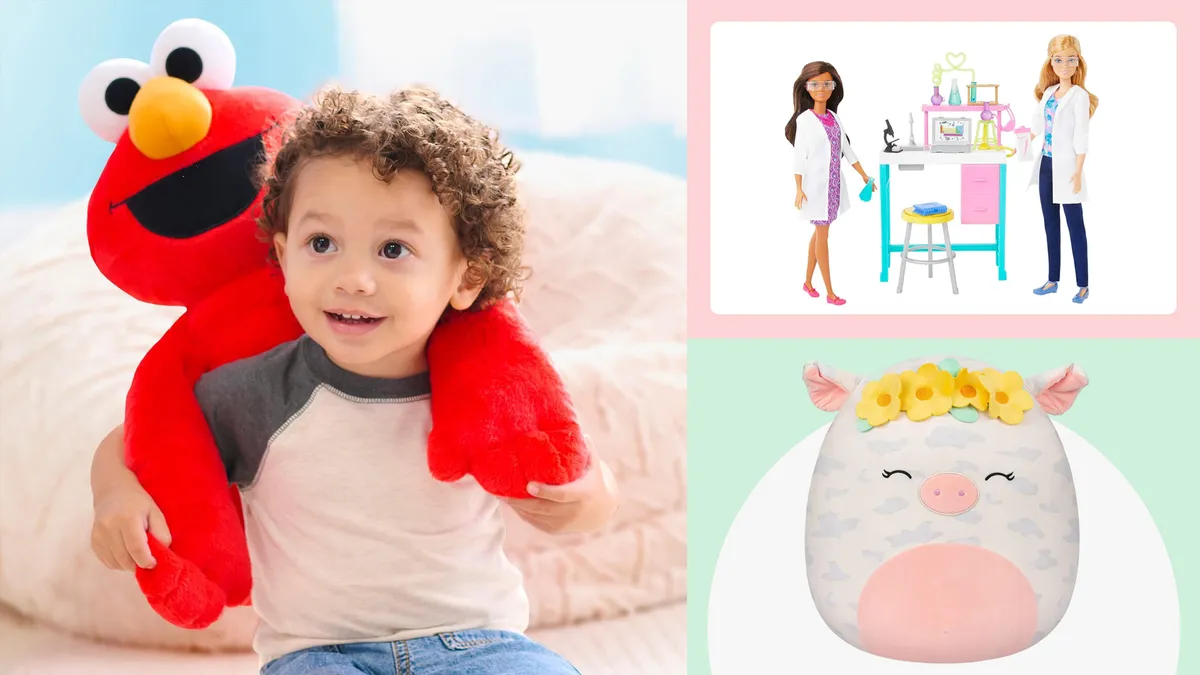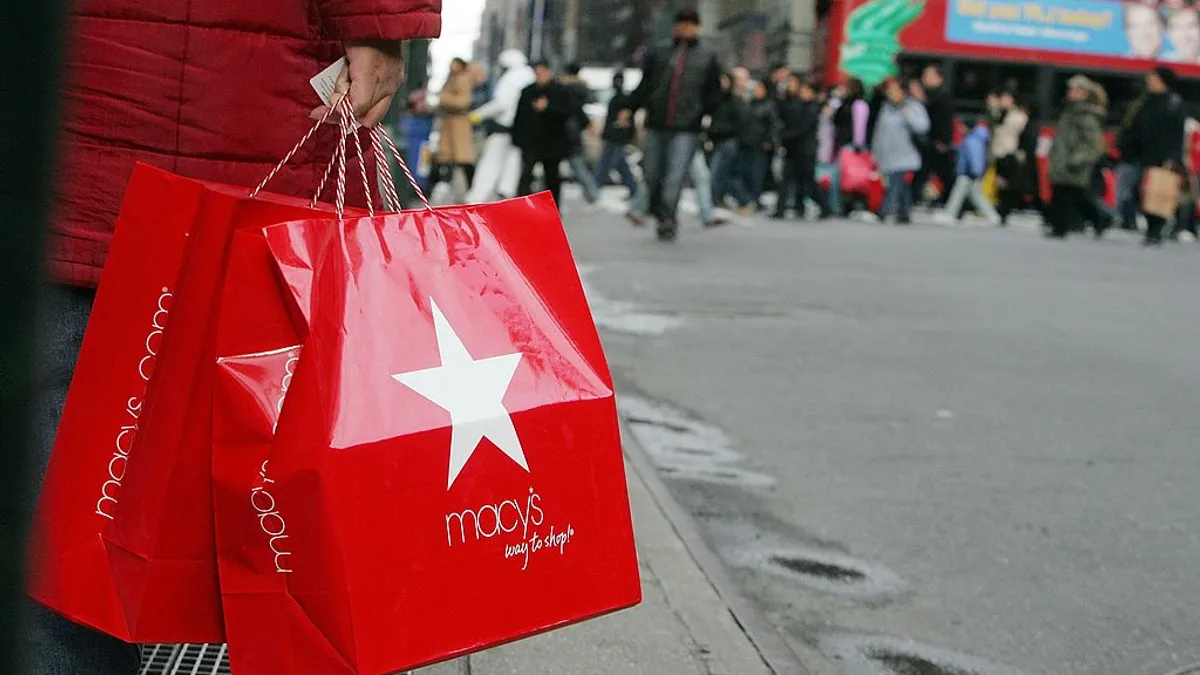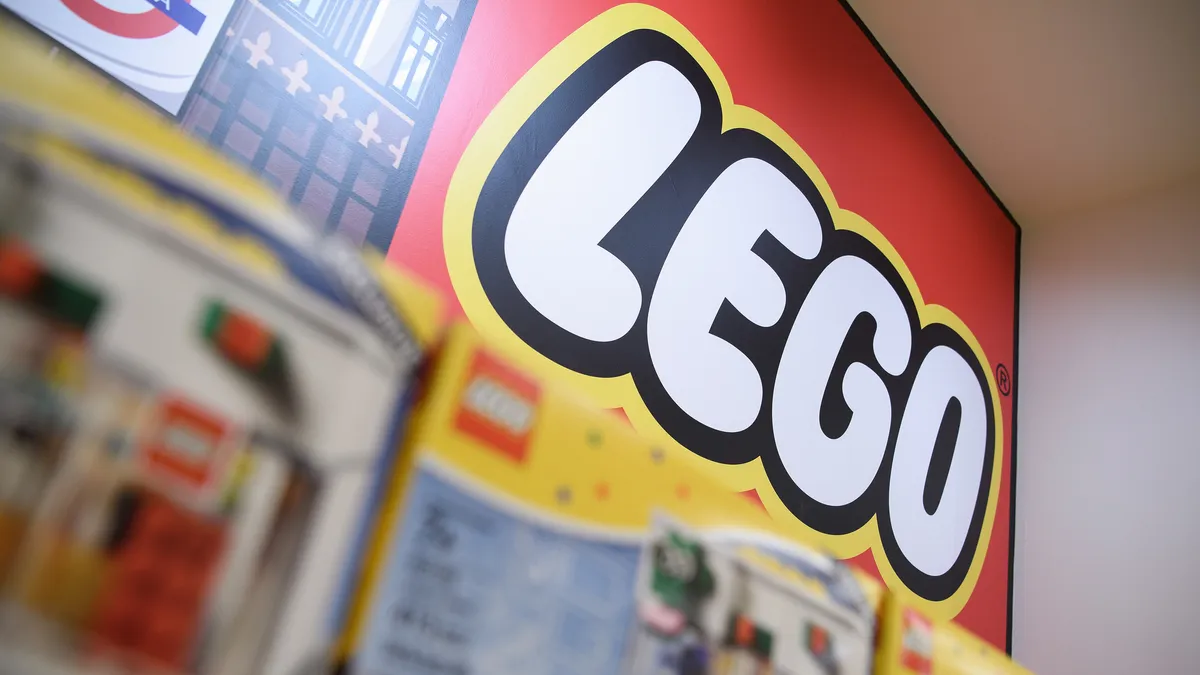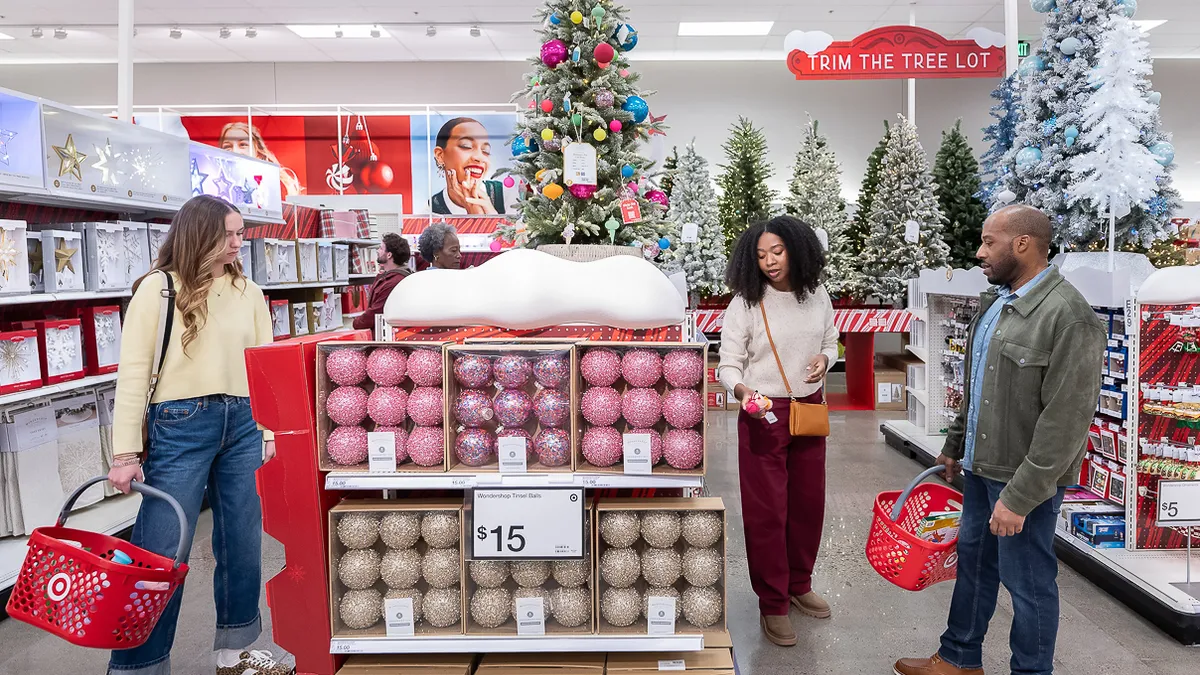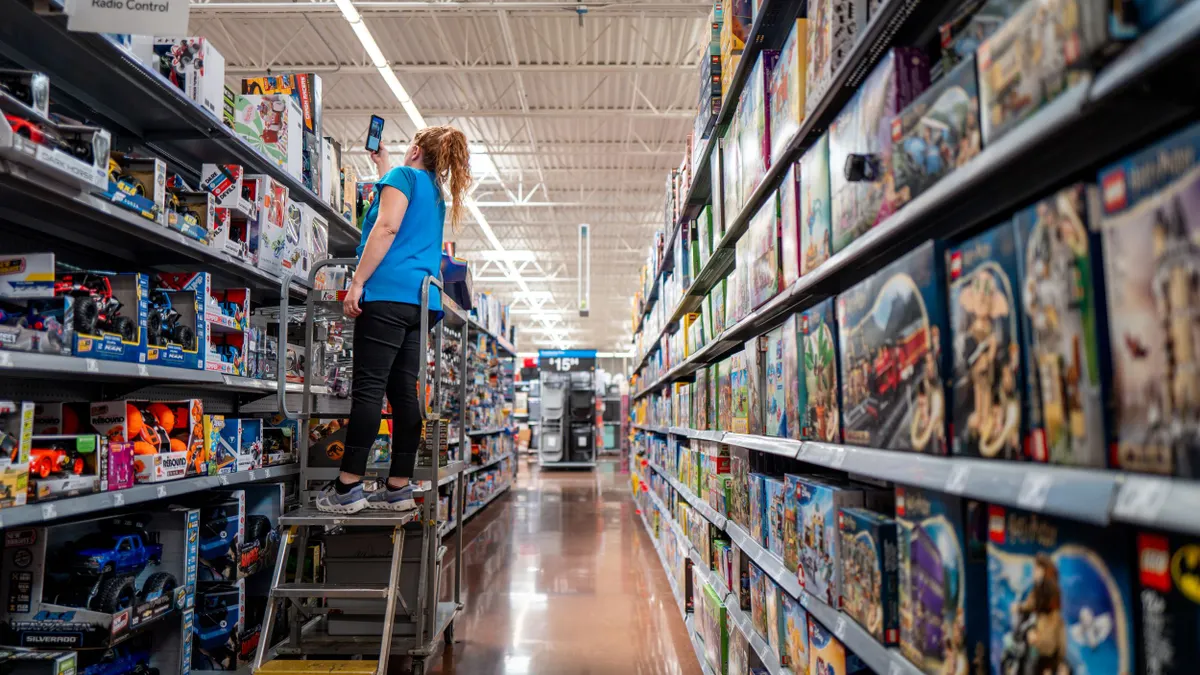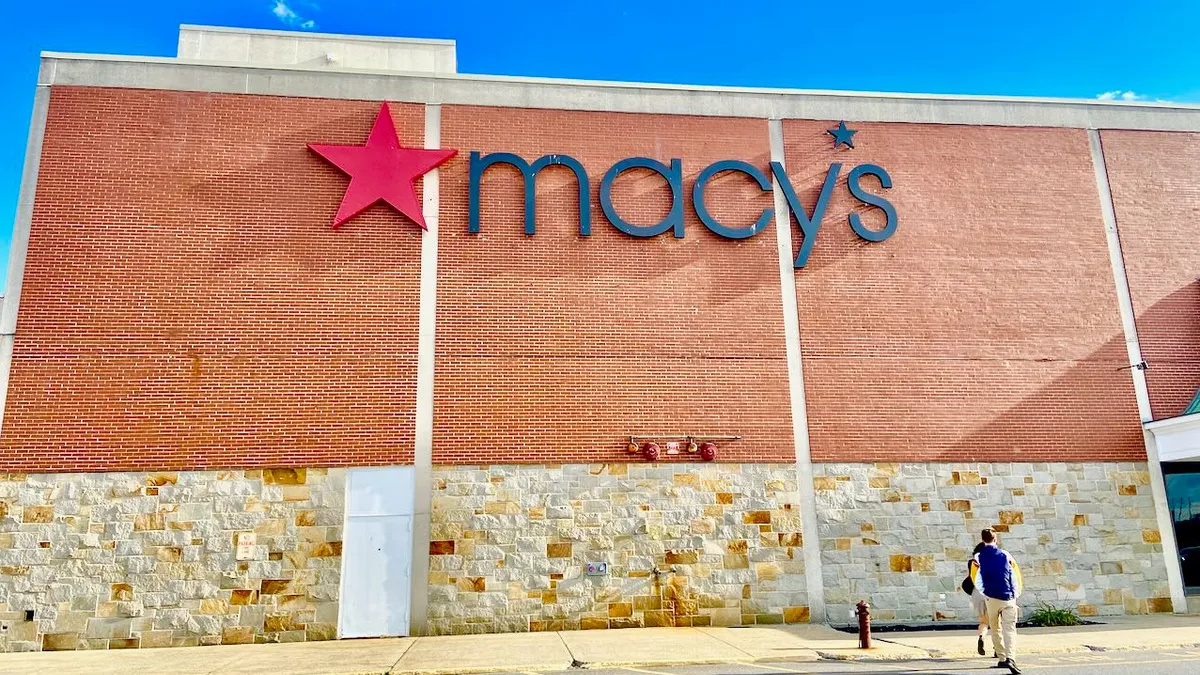If toy retailers post a good holiday season this year, they can thank a big cast of characters that includes Barbie, Mario, Leonardo, Raphael, Donatello and Michelangelo – and Optimus Prime.
Amazon, Target, Walmart and Toys R Us are major players in U.S. toy retail and they’ve all released their top toy lists for this holiday season in recent weeks. All of those lists have some similar recommendations in that they feature familiar intellectual properties that had a movie release this year. That list includes Super Mario Bros., Teenage Mutant Ninja Turtles, Barbie and the Transformers.
Movie or streaming releases often put franchises in the spotlight for weeks or even months at a time. That’s likely to make these toys high on holiday gift wishlists, industry leaders and analysts told Retail Dive.
“I absolutely, undoubtedly expect toys with a movie or pop culture tie-in to have strong sales,” Linda Johansen-James, founder and CEO of management and consulting firm International Retail Group, told Retail Dive.
“They’re kind of like the ‘celebrities’ of the toy world because they have a built-in fan base that extends beyond just the kids — this also ties into that nostalgia factor among adults! Brands like Barbie, Mario, and Ninja Turtles already have a certain star power, magnified by recent and upcoming pop-culture media appearances,” Johansen-James said in an email. “These types of toys capture the essence of the character or brand. If it can do that and offer something fresh and innovative – that's a recipe for retail success.”
According to Steve Totzke, president and chief commercial officer of Mattel, which owns the Barbie toy line, the Barbie movie has turned into a global phenomenon since its summer release.
“Not only did the movie break record after record at the box office, we are seeing the results in our Barbie movie line,” Totzke said. “In association with the theatrical release, we launched a wide range of Barbie movie-related toys and products with releases to date selling out across major distribution channels.”
Price is top of mind for toy consumers
Affordability is a common theme this year in the world of toy retail. In some capacity, all of the major retailers’ lists specifically highlight toys for less than $25. That’s not surprising, given ongoing consumer concerns over inflation and lower discretionary spending, the executives and analysts said.
Jill Sando, Target’s executive vice president and chief merchandising officer, acknowledged in a statement that “affordability is top of mind” for consumers as the holiday season approaches.
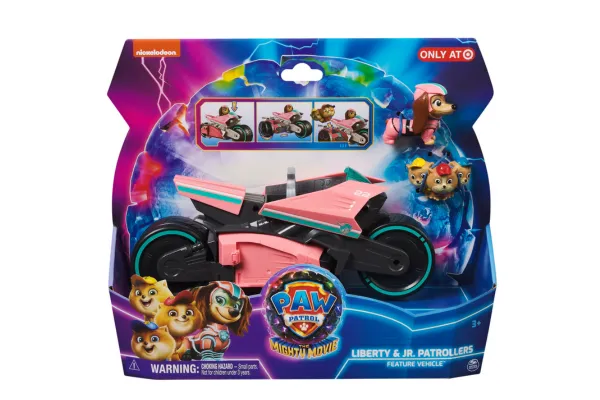
Johansen-James said the channels, timing and types of toys that kids and consumers want this year have “undoubtedly” shifted. While trying to make predictions is “like reading a crystal ball” experience, context and data offer some insights into consumer behavior around toys this season.
“Shoppers have become increasingly savvy when looking for deals due to new technologies and circumstantial factors,” Johansen-James said. “I anticipate consumers shopping earlier in the season this year or turning to online marketplaces for better prices. Another consumer shift to note is experiences becoming more valued than material goods. As such, I’d expect to see more parents opting for gifts that offer a memorable experience.”
“Uncertain economic times often yield a certain frugality when it comes to discretionary spending,” Johansen-James continued. “People begin to tighten their purse strings. However, the emotional value of gifting, especially to a child, often surpasses economic concerns. It's like the toy store has its own economy, fueled by parental love and the magic of the holiday season.”
She also noted that “consumers are exercising more caution regarding spending,” which, in turn, is likely to increase buys of versatile toys that offer long-term engagement. Johansen-James characterized those purchases as value driven. “Brands that can combine the thrill of the new with a sense of enduring value are likely to be a big hit,” Johansen-James said.
Totzke, who oversees Mattel’s global commercial operations and worldwide sales in more than 150 markets and also is a member of the board of directors of the Toy Association, had a similar take.
“Overall, the toy industry is a resilient one and we expect it to continue to grow over time. Toys are a strategic category for retailers, and parents will forever prioritize spending on their children,” Totzke said. He also noted that Mattel recently won back the license for Disney Princess in that brand’s 100th anniversary year. Mattel also recently got back toy rights to the Frozen franchise and its all-new doll line hit shelves in January.
“Overall, the toy industry is a resilient one and we expect it to continue to grow over time. Toys are a strategic category for retailers, and parents will forever prioritize spending on their children.”

Steve Totzke
President and chief commercial officer of Mattel
The market might even be positioned for stronger than anticipated spending despite years of sustained economic pressure on consumers, Johansen-James said.
“As of late, I’ve noticed that Americans are increasingly adopting a treat yourself mentality, especially among parents who want to create a sense of normalcy for their kids after a challenging couple of years. So, the desire for that must-have toy won't just disappear – it might even be intensified due to the current economic landscape,” Johansen-James said.
But more money doesn’t always equal more fun, especially when it comes to toys.
“I think we know that affordability is top of mind for customers,” said Anne Carrihill, who is Amazon’s director of toys and games. But also the beauty of toys is “it doesn’t need to be expensive to be fun, right? And some of the most amazing toys that bring people together are really affordable.” Carrihill has been at Amazon for almost 12 years, in the toys business since 2016 and is also a member of the Toy Association’s board of directors.
Toys often reflect the current cultural landscape and zeitgeist and this season is no exception, Carrihill said.
“Across my time in toys, certainly, some of the things that move the industry I don’t think have changed, but I think for me there’s just so much interesting innovation,” she said. Some of that innovation includes market interest in smaller, quieter toys and activities “which is almost like the complete opposite end of the spectrum,” from pop culture, Carrihill said.
Products in that category include Taco Cat Goat Cheese Pizza, a card game, and Beast Lab, an interactive science toy that encourages kids to experiment by combining slimy ingredients to create a big cat figurine.
Toys part of shift to earlier shopping
Over the last several years, retailers have continued to initiate holiday shopping earlier and the end-of-year shopping season, anchored by Christmastime, is no exception. It appears to be driven by consumers’ perceived spending power.
“A large part of why shopping starts so early is because consumers are spreading out their shopping to cover the costs that come with the holiday season,” the National Retail Federation said in its 2023 holiday shopping outlook. “Last year, the top reason consumers began shopping in October or earlier was to spread out their gift-shopping budget.”
According to the NRF, 46% of consumers started their holiday shopping before November last year. That’s up from 39% in 2019. This year appears to be following that same trend. In a September NRF survey, 39% of shoppers said they plan to start shopping earlier than they typically would for the holiday season.
But the NRF also noted that an early start doesn’t mean an early finish for holiday shoppers. Consumers still shopped well into the season last year, with only 53% of people done by early December.
Carrihill said she’s observed the earlier start to the season but also noted that timing is a personal consumer choice. “We have a large, diverse customer base and the right time to shop or even look depends on the person,” she said.
And whenever people are ready to buy, the toy offerings will be full of familiar characters.
"I think the pop culture moments this year really seemed to resonate across ages. ... It’s just like an interesting combination of trends,” Carrihill said. “I don’t think it’s like pop culture or bust. I think there’s a range of interest and I think the products this year are really innovative and really coming to life in a way that is making, I think, the holiday going to be really exciting from a customer standpoint.”



